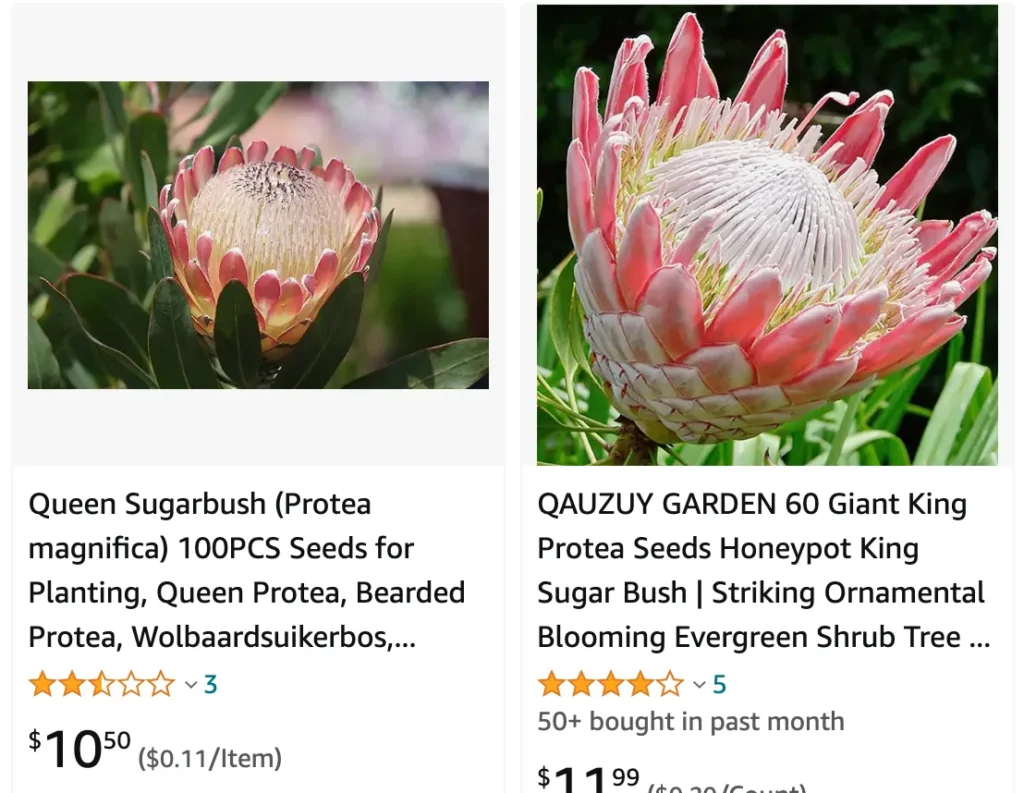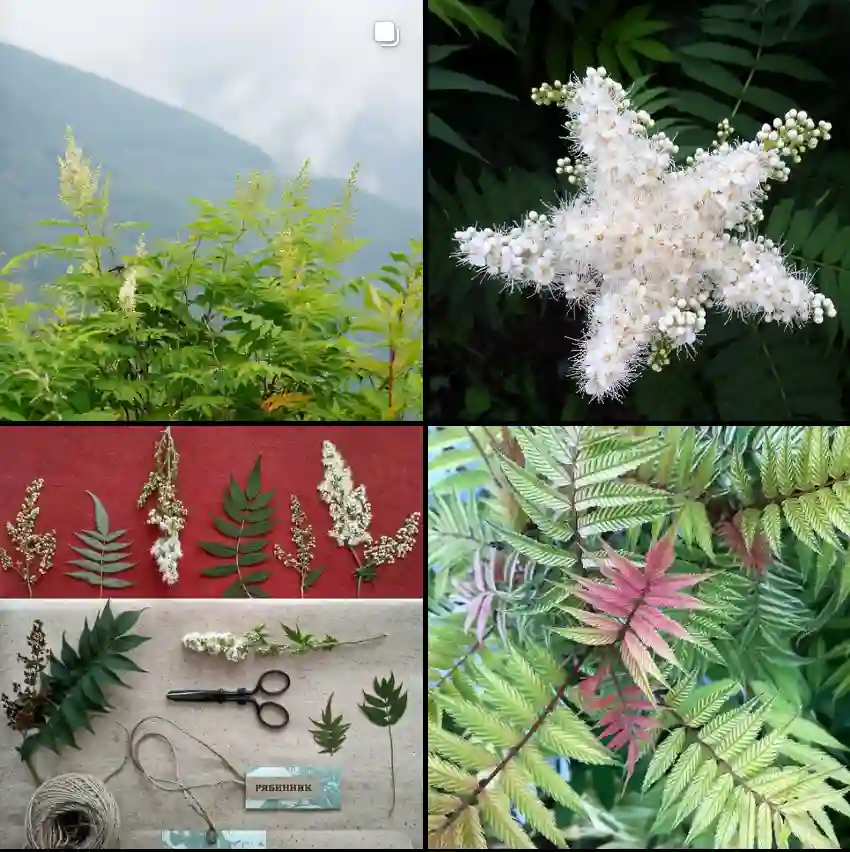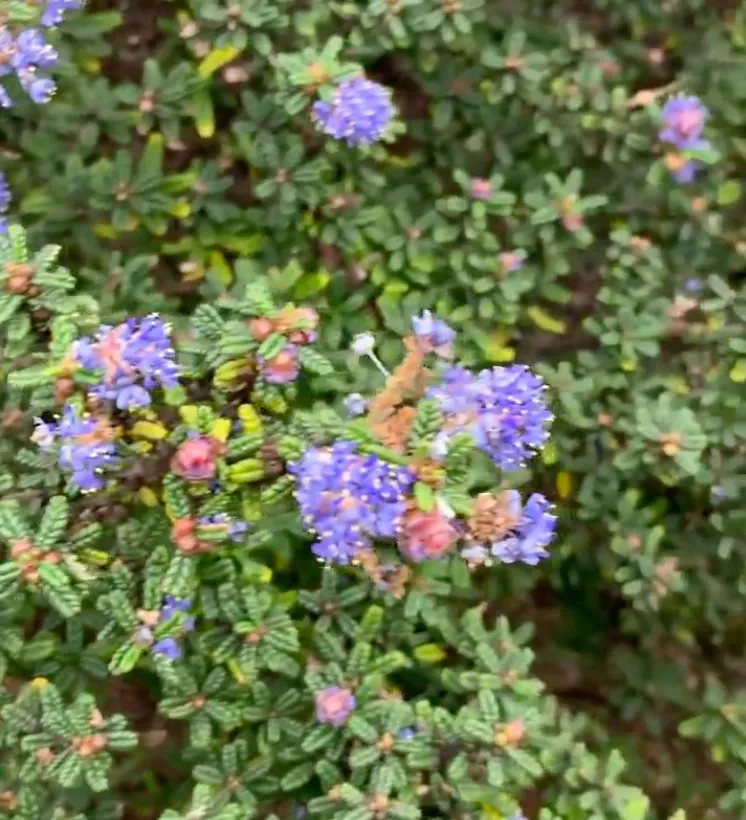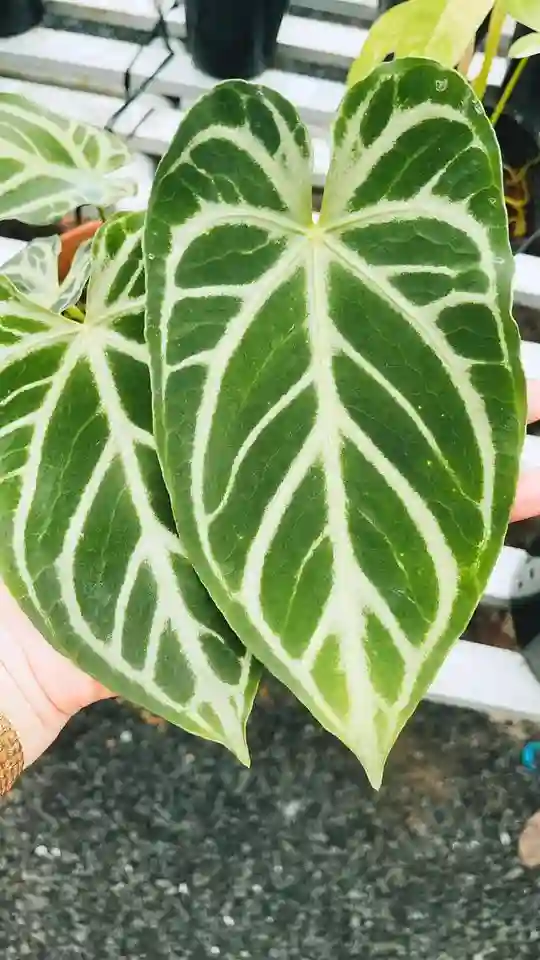
Protea Magnifica: The Queen Reigns Supreme
Hi everyone, Ferb Vu here. Today, we’re diving into the world of the Protea magnifica, also known as the Queen Protea. This majestic South African native has captivated hearts with its stunning blooms and regal presence.
Whether you’re a seasoned gardener or simply admire floral beauty, the Queen Protea is sure to pique your interest. So, let’s explore the most frequently asked questions about this captivating plant.
107 Species in Genus Protea
What Makes the Queen Protea So Special?
The Queen Protea lives up to its name with its magnificent flower head. Unlike typical flowers with delicate petals, the Protea boasts a large, showy inflorescence – a cluster of modified leaves that resemble petals. These “petals” come in a variety of soft pinks, creams, and even a touch of black, creating a truly breathtaking display.
Beyond its visual appeal, the Queen Protea boasts incredible longevity. Once cut, the dried flower head can retain its beauty for years, making it a popular choice in floral arrangements and home decor.
How to care for Queen Protea?
While the Queen Protea exudes an air of royalty, its care requirements are surprisingly down-to-earth. Here’s what you need to know:
- Sunlight: This South African beauty thrives in full sun. Aim for at least 6-8 hours of direct sunlight daily.
- Water: The Queen Protea is a low-water user. Allow the soil to dry completely between waterings. Overwatering is a leading cause of problems.
- Soil: Well-draining, acidic soil is key. Consider amending your soil with sand or perlite to improve drainage.
- Frost: The Queen Protea can tolerate moderate frosts, but it’s best to protect it from harsh winters in colder climates.
Pro Tip: Deadheading, or removing spent flower heads, will encourage new blooms and maintain the plant’s overall shape.
Can I Grow a Queen Protea Indoors?
While the Queen Protea prefers the outdoors, growing it indoors isn’t entirely out of the question. Here are some things to consider:
- Light: Providing sufficient sunlight indoors can be challenging. Consider using grow lights to supplement natural light.
- Humidity: The Queen Protea prefers drier climates. Indoor air can be too humid, so improve air circulation to prevent fungal diseases.
- Potting: Choose a pot with drainage holes and use a well-draining potting mix.
Remember: Indoor-grown Queen Proteas may not flower as readily as their outdoor counterparts.
Propagating the Queen Protea
Propagating the Queen Protea can be a fun challenge. Seeds are readily available, but germination can be slow and require specific conditions. Alternatively, you can try stem cuttings, although success rates can vary.
For detailed propagation methods, consult a reputable gardening resource or consult your local nursery for expert advice.
Queen Protea vs. King Protea: A Royal Rivalry?
The King Protea (Protea cynaroides) is another South African showstopper. Both share similar large, showy inflorescences, but with some key differences:
- Size: The King Protea’s flower head tends to be larger than the Queen Protea’s.
- Color: King Proteas boast a wider range of colors, including red, orange, and pink.
- Growth Habit: King Proteas are generally larger shrubs compared to the Queen Protea’s bushier form.
Ultimately, the choice between King and Queen Protea depends on your personal preference and garden space.
Bringing the Majesty Indoors: Queen Protea as Cut Flowers
The Queen Protea’s long-lasting blooms make it a favorite among florists. Here’s how to enjoy them in your home:
- Purchase: Look for Queen Proteas at your local florist or specialty flower shop.
- Display: Arrange the stems in a vase with minimal water. The focus should be on the stunning flower head.
- Longevity: With proper care, dried Queen Proteas can last for years. Avoid direct sunlight and high humidity to prevent fading or deterioration.
Pro Tip: For a touch of elegance, use a single Queen Protea stem as a statement piece in a minimalist vase.
The Queen Protea is a truly remarkable plant. With its captivating beauty and surprisingly easy care, it’s a worthy addition to any garden or home. So, why not bring a touch of regal elegance to your space?
If i die, water my plants!



